Trivia question for Apr-24-2011
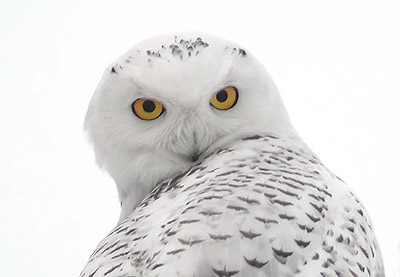
This powerful bird relies primarily on lemmings and other small rodents for food during the breeding season, but at times of low prey density, or during the ptarmigan nesting period, they may switch to juvenile ptarmigan. They are opportunistic hunters and prey species may vary considerably, especially in winter.
Trivia question for Apr-23-2011
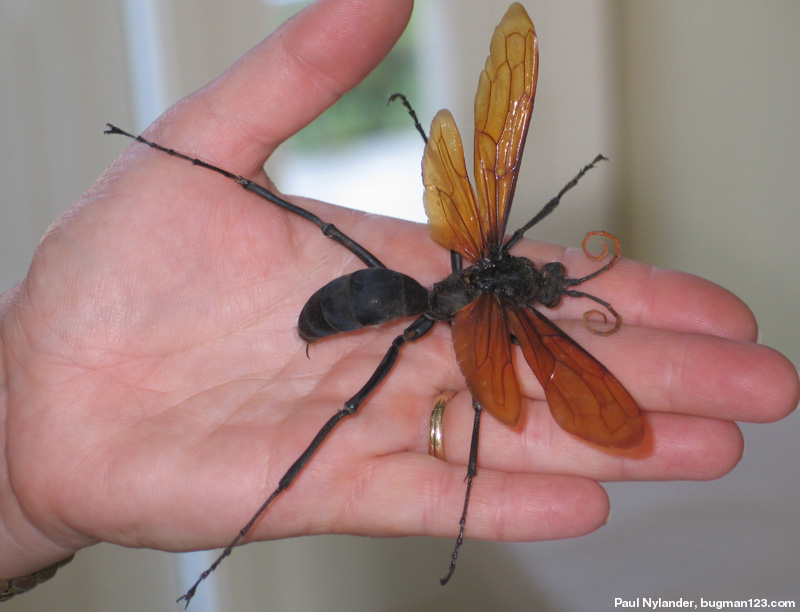
Up to two inches long with a blue-black body and bright rust-colored wings, these bugs are among the largest of of their species. The coloring on their wings warns potential predators that they are dangerous. Their long legs have hooked claws for grappling with their victims. The stinger of a female can be up to 1/3 inch long, and delivers a sting which is rated among the most painful in the insect world.
Trivia question for Apr-22-2011
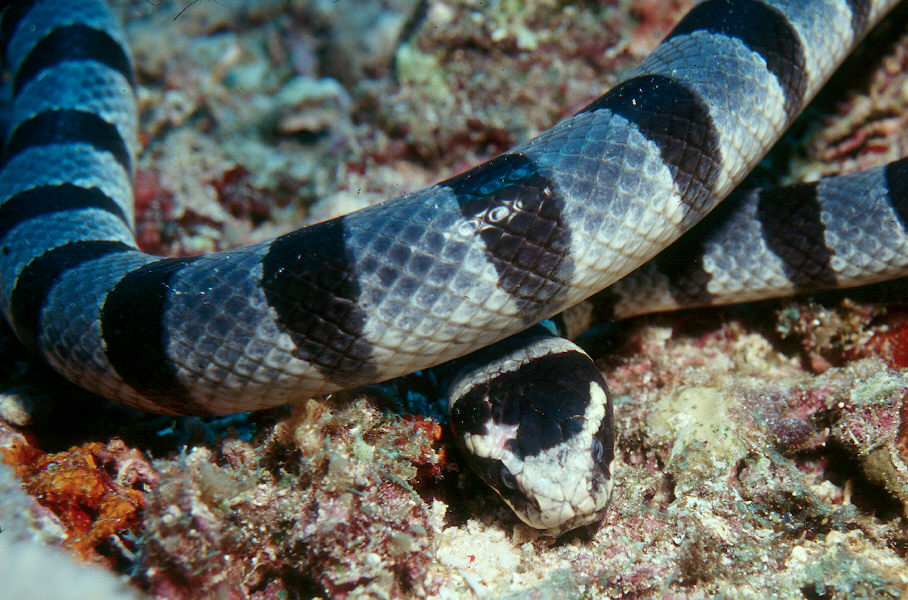
Unlike fish, they do not have gills and must surface regularly to breathe. They are among the most completely aquatic of all air-breathing vertebrates.
Trivia question for Apr-21-2011
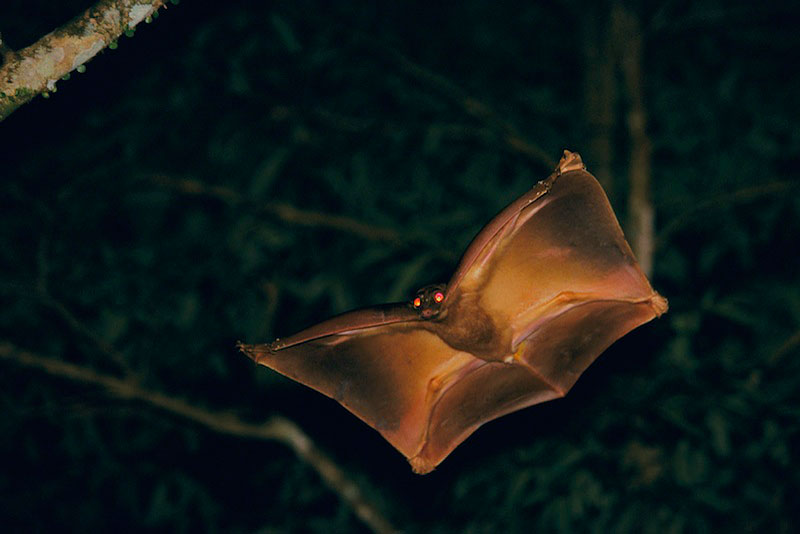
These are gliding mammals found in South-east Asia. There are just two extant species,which make up the entire family. They are the most capable of all gliding mammals, using flaps of extra skin between their legs to glide from higher to lower locations.
Trivia question for Apr-20-2011
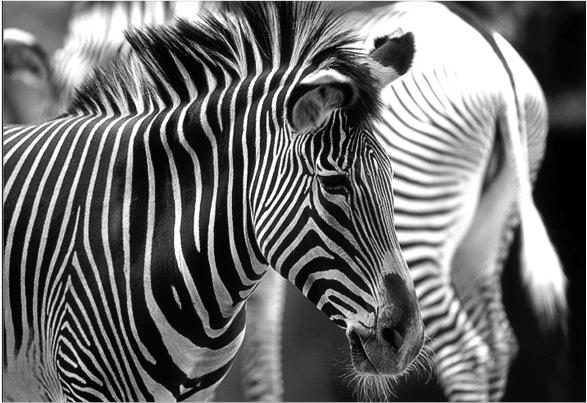
This species is considered endangered. Its population was estimated to be 15,000 in the 1970s and by the early 21st century the population was lower than 3,500, a 75% decline. It is estimated that there are less than 2,500 of these guys living in the wild.
Trivia question for Apr-19-2011
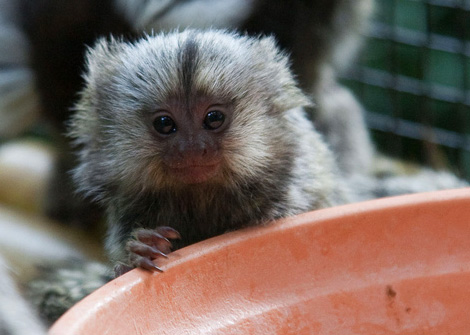
They use their nails to cling to the side of a tree and, with lower incisors as big as their canines, gnaw off the bark stimulate the flow of edible gum
Trivia question for Apr-18-2011
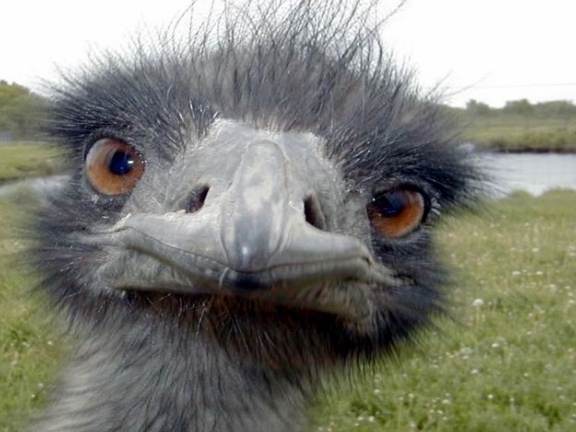
It is distinctive in its appearance, with a long neck and legs and the ability to run at maximum speeds of about 60.6 mph, the top land speed of any bird. The Ostrich is the largest living species of bird and lays the largest egg of any living bird.
Trivia question for Apr-17-2011
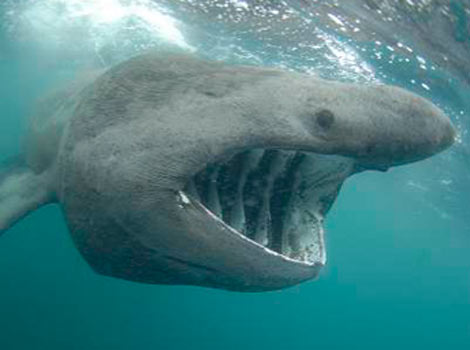
Studies in 2003 proved that basking sharks do not hibernate, showing that they are active year-round. In winter, basking sharks move to depths of up to 3,000 ft to feed on deep water plankton.
Trivia question for Apr-16-2011
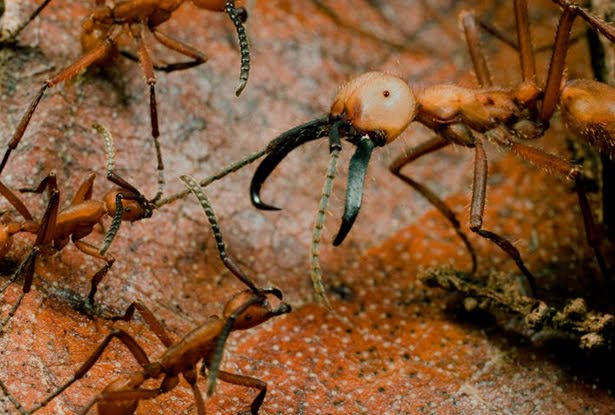
These guys build a new nest each night and with legs linked, they form a protective ‘fabric’ around the queen.
Trivia question for Apr-15-2011
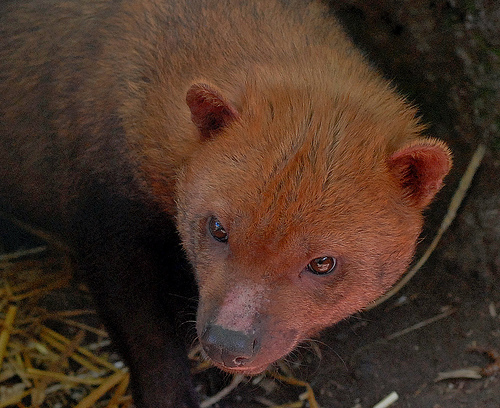
It may be the most gregarious of the South American canid species. They even have skin growing between their toes, which allow them to swim more efficiently.
Trivia question for Apr-14-2011
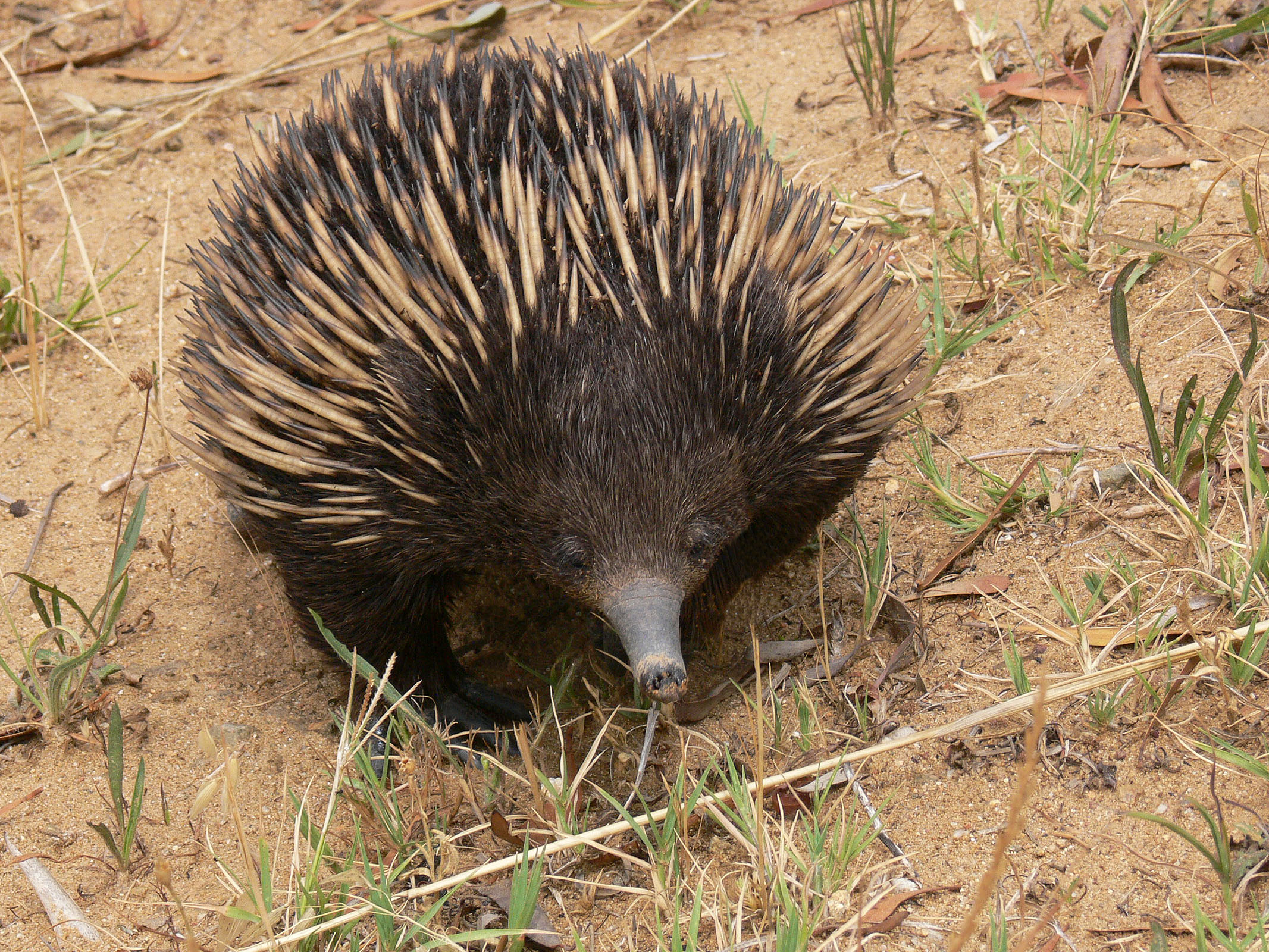
These guys have one of the largest ‘cortex’s’ of any mammal. That’s the portion that deals with memory and intelligence.
Trivia question for Apr-13-2011
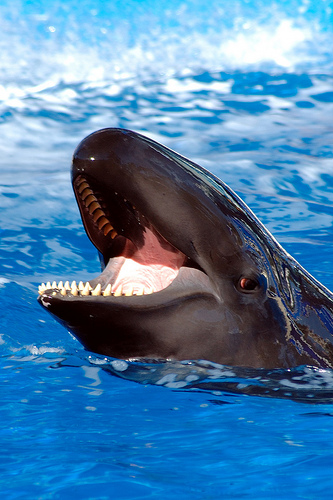
They are one of the largest dolphins in the world, reaching up to 20-feet in length. Their predatory behavior and looks resembles their namesake relative.
Trivia question for Apr-12-2011
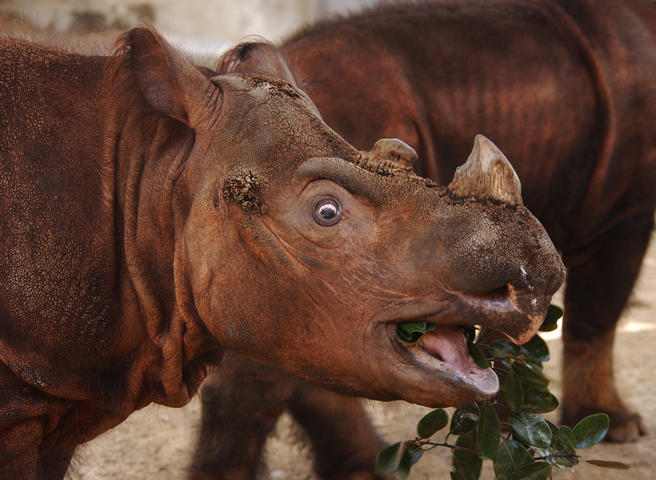
These are the smallest of their species and the only one covered in hair. Like their African relatives, it has two horns; the larger is the nasal horn, typically 5.9–9.8 in, while the other horn is typically a stub. A coat of reddish-brown hair covers most of their body.
Trivia question for Apr-11-2011
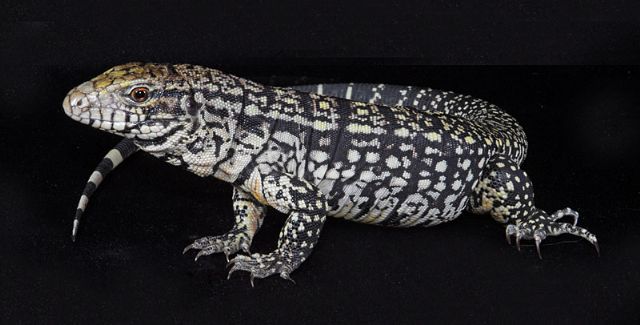
Most of these lizards are opportunistic feeders, accepting a wide variety of foods. Their diets can consist of crickets, mealworms, an occasional mouse, fish, hard boiled eggs, chicken, etc.
Trivia question for Apr-10-2011
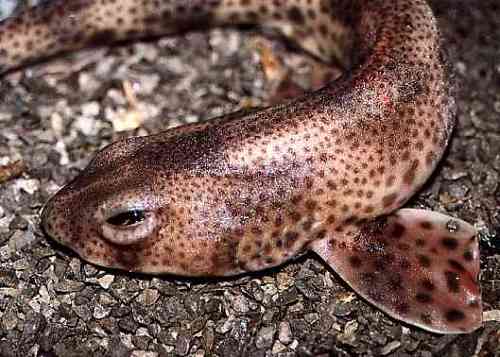
Primarily nocturnal, these guys spend the day inside small holes in rocks and swim into deeper water at night to hunt. Sometimes two will squeeze into the same hole, and several individuals will seek out refuges within the same local area.

